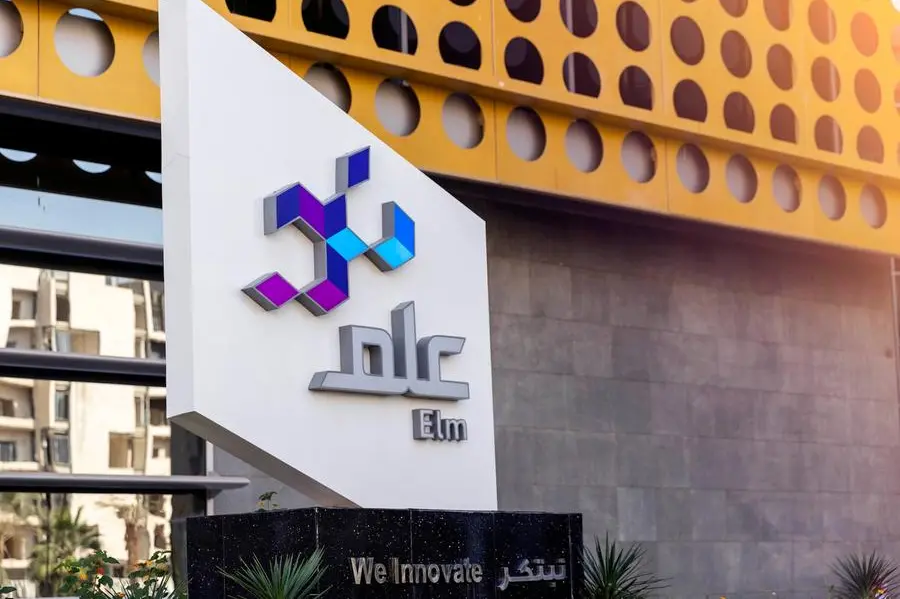PHOTO
Muscat: The global economic environment has remained challenging due to a slowdown in trade activity exacerbated by increased geopolitical tensions in the Middle East, stemming from attacks on shipping vessels moving through the Red Sea.
According to the Central Bank of Oman (CBO) in its annual report, due to the security tensions in the Red Sea since the beginning of 2024, there were anticipations of an impact on Oman’s maritime trade driven by the proximity of the ports to the events suggesting further attention toward the developments in the region. However, Oman’s trade continued to maintain a positive growth trajectory.
IMPACT
At its peak, the Red Sea facilitated the movement of 30 percent of global container traffic and maritime trade. It is the shortest maritime route between Asia and Europe.
The ongoing geopolitical tension in 2024, has forced shipping companies to use an alternate route to Africa around the Cape of Good Hope which increased shipping costs globally, the report said.
The expected disruption period of trade in the Red Sea is yet unknown, linked to multiple geopolitical factors that were provoked by the war on Gaza. Attempts to resolve the disruptions up to the first half of 2024 have been unsuccessful, and sentiment reflects uncertainty on how long further the disruption of shipping through the Red Sea will be.
This has contributed to spikes in cargo shipping reaching fourfold higher than pre-disruption costs to above $5,500 per 40-foot container. Nevertheless, prices remain below levels seen during the Covid-19 pandemic.
The following points highlight the most prevalent implications for impacted sectors:
• Shipping firms stand to gain in terms of profitability as container rates have risen and firms are diverting ships from the Red Sea to the Cape of Good Hope.
Previous excess capacity of ships is also expected to be reduced, to serve increased demand for shipping because of longer routes.
These risks further upward supply-side pressure on future shipping prices and vessel availability shall the disturbances continue.
RETAIL SECTOR
• Retailers are among the most impacted. For example, freight represents a significant share of costs for fashion retailers and consumption goods.
• There is a risk of upward pressure on Inflation levels because of the rising shipping costs. Every round trip between Asia and Europe through the Cape of Good
Hope that involves rerouting ships is predicted to incur additional fuel expenses of up to $1 million. The cost of insurance is also expected to rise, increasing the total cost of shipments. This could rekindle inflation concerns as a result.
• Initial reports from countries in Europe and the Middle East indicate a slowdown in import growth early 2024 likely due to delayed shipments.
Using the IMF Portwatch satellite estimate data on Oman, a year-on-year comparison is made of shipping activity in the periods before and after the start of the Red Sea attacks on November 15, 2023.
There is a noticeable decline in several ships and trade volume indicating a decline in activities compared to the period before the disruptions.
IMPACT ON OMAN'S TRADE
However, Oman’s official merchandise trade data indicates that trade has been affected to a lesser extent than the Portwatch data.
Customs trade figures reflect strong growth in the value of trade activity.
Imports, non-oil exports, and re-exports increased by 7.2 percent, 16.3 percent, and 22.0 percent in the first 4 months of 2024 compared to the same period in 2023.
Notably, several other important developments have been unfolding parallelly, distorting the impact of the disruptions on the value of trade.
The ramping of operations in the Duqm refinery significantly contributed to higher Mineral Products exports representing 69 percent of the increase till April 2024.
Additionally, higher insurance and freight costs are driving up the value of international trade.
Another factor that assisted in taming the effect of the disruption is that 63.5 percent of the total maritime trade for Oman goes through Sohar port, the furthest and least exposed main port from where the disruptions are taking place.
Moreover, the majority of trade by sea occurs with GCC neighbors and towards the east.
Frequent assessment to the situation and the geopolitical tension would offer clearer insights into the developments
Moreover, a major limitation is the challenge of singling out the impact of other major developments that have direct impacts on trade and shipping activity.
For example, the ramping of operations in the Duqm refinery which has resulted in a considerable jump in non-oil exports and imports of crude oil from Kuwait.
In addition, the ongoing expansion in Salalah port, and the maintenance works on the refineries in Sohar and Mina al Fahal, are leading to a temporary halt in
exports of refined oil products.
All in all initial assessments of the impacts of the disruption seem to reflect a limited impact on Oman’s merchandise trade activity in the first half of 2024.
2022 © All right reserved for Oman Establishment for Press, Publication and Advertising (OEPPA) Provided by SyndiGate Media Inc. (Syndigate.info).





















